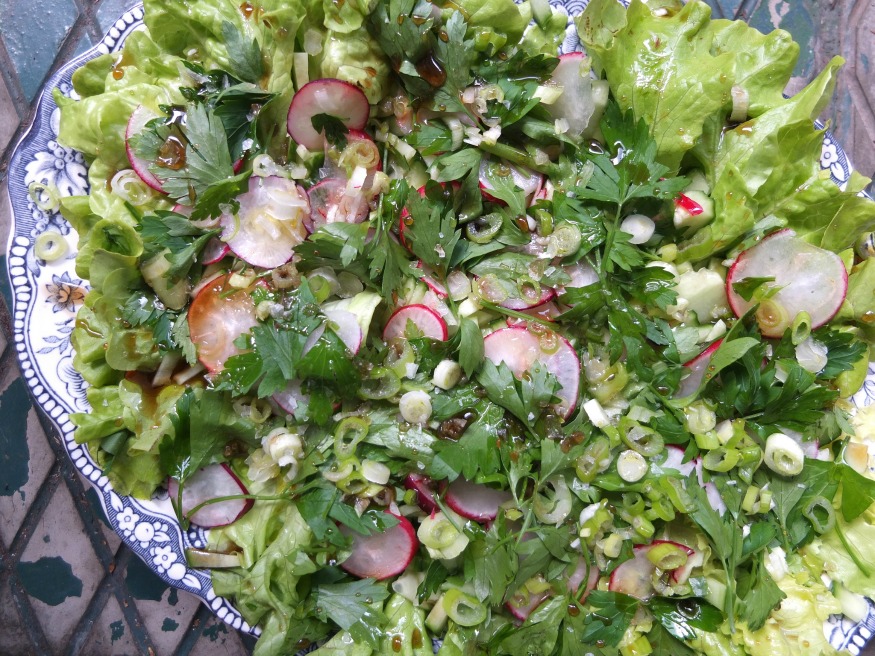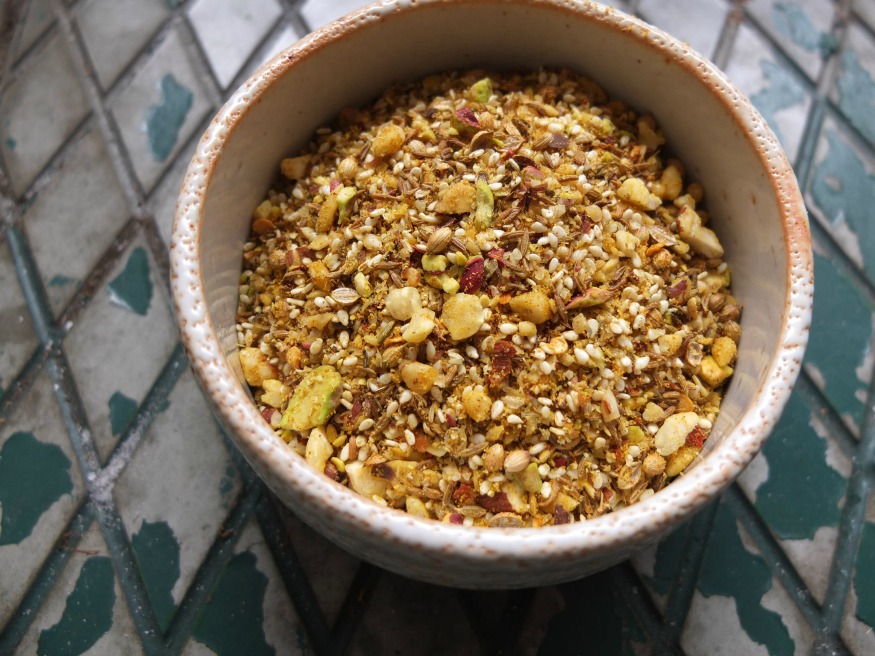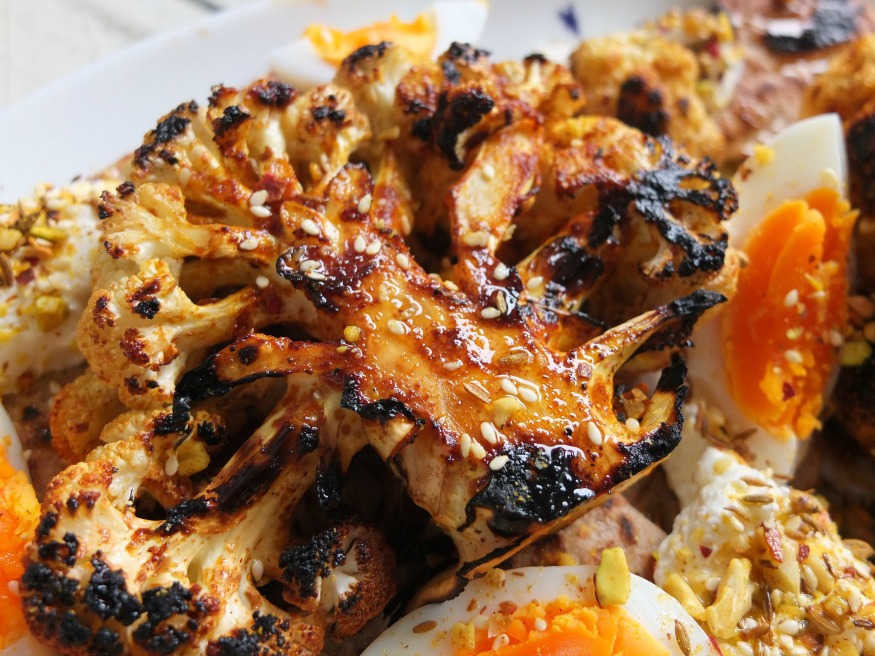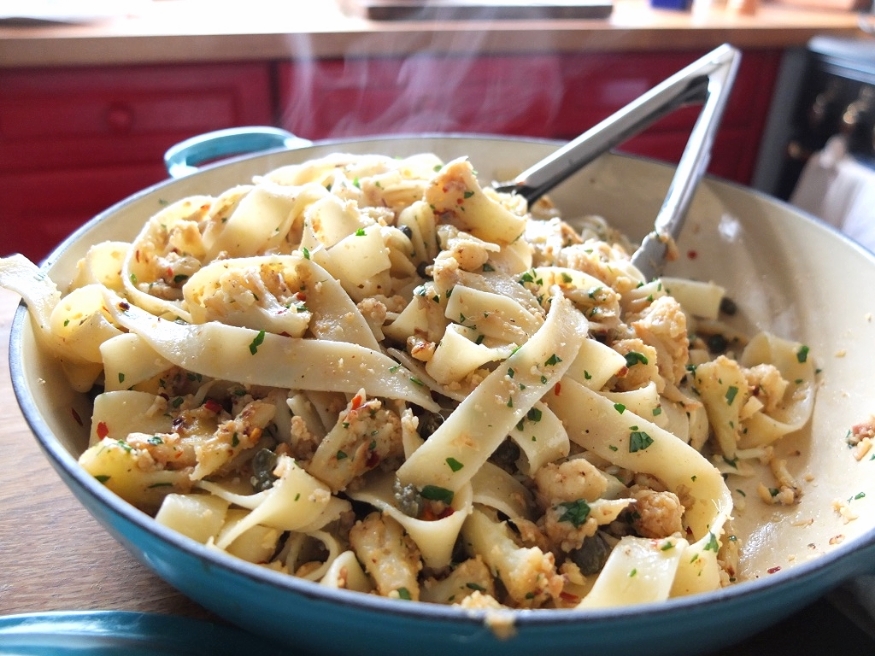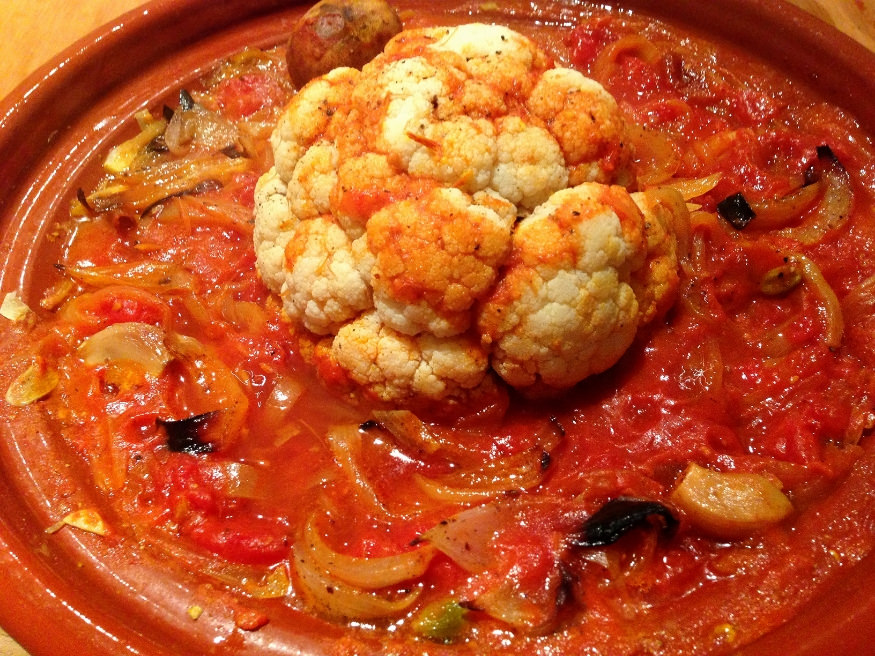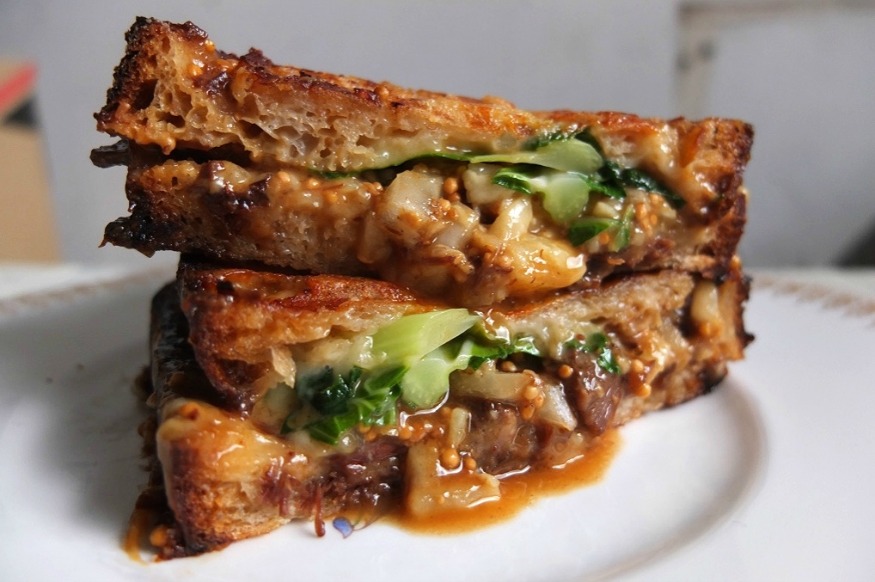
Many of us need comfort after the events of the past week or, to be more accurate, the past year. Yes, the cheese toastie is a small thing but its cheering potential should not be underestimated; a shit tonne of melted cheese + nostalgia = a force to be reckoned with. I should, as a sandwich fanatic, own an old Breville toastie maker; I often find myself hankering for the old triangular style made with cheap white bread. Instead, I have a snazzy Heston Blumenthal contraption I was sent as a freebie but which I’ve battered through consistent heavy use. It just about works if you hold in a screw and say ‘melted cheese is the one’ three times fast while thinking about pickled onions.
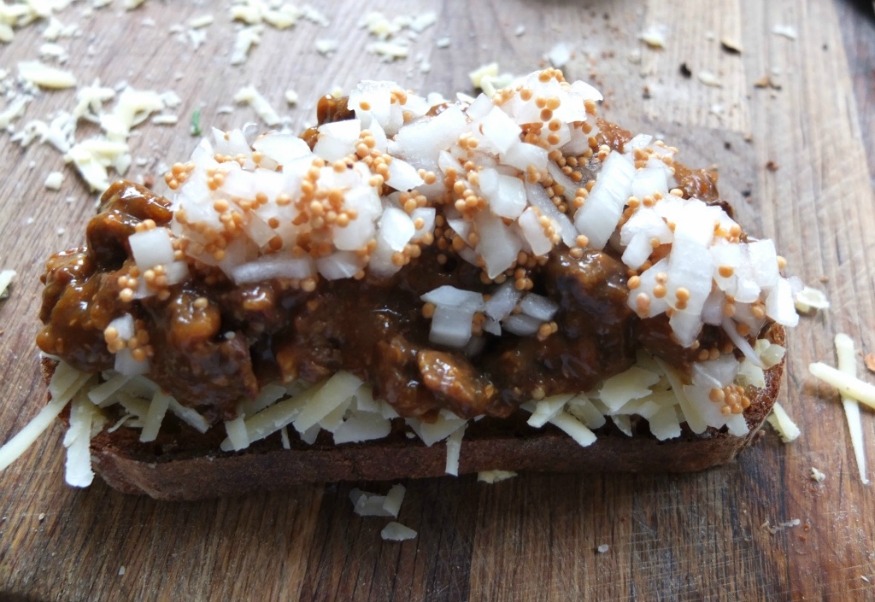
There was something lovely about the simplicity of old school toasties, with their one, maybe two-item fillings. Cheese; ham and cheese; cheese and onion; cheese and tomato. We all know the dangers of hot tomato as part of the learning curve; many a child went to school with a tomato-shaped blister on their chin. Beans were also high risk. There was egg if you were being fancy (tricky to pull off).
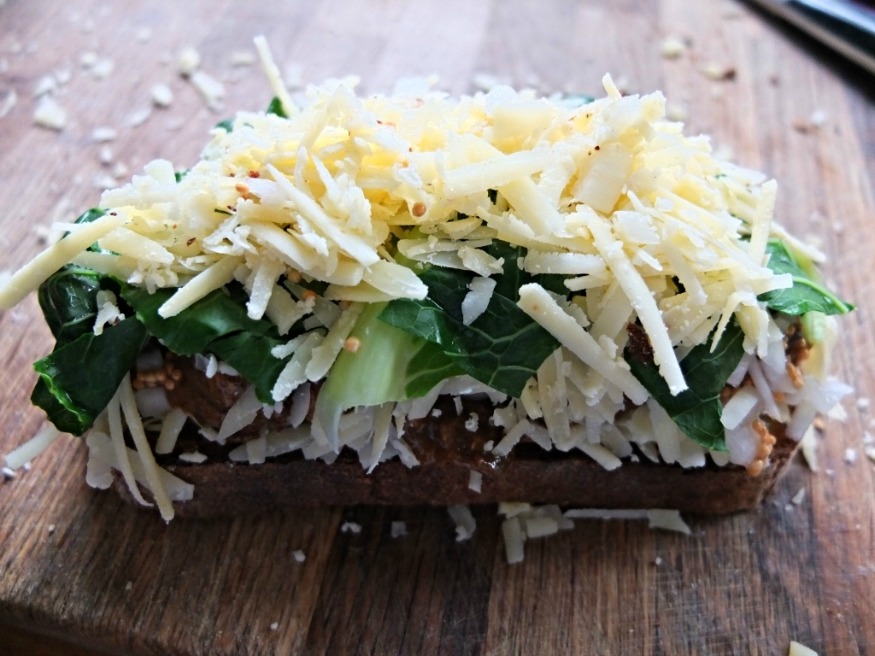
This style of toastie is still popular in pubs in Ireland, at least in Dublin, where lots will do a ‘toasted special’ – a very basic toastie which I’ve seen cooked in a normal toaster turned on its side while I waited for my pint of Guinness to settle. Cheap white bread, weird canary yellow cheese, too-thick onion. Lovely.
Toasties now are a different thing entirely – a street food trend, people’s livelihoods. We buy them from air stream trucks and restaurants for anything between £5 – £10. They contain multiple varieties of cheese (for the right balance of flavour vs. stringiness) and there are additions, like slow cooked short rib; haggis; onion and herbs; chorizo; macaroni; roast broccoli; pickles; you name it, they toast it.
I rather enjoy the way toasties have evolved, even though it took me a week to make this one. Why? Life. I forgot to buy ingredients, then I didn’t have time to slow cook the meat, then Trump… nope, still can’t deal with it.

So this is a thoroughly modern toastie. There is beef cheek which has been cooked slowly in a sauce given depth with red miso. There are cauliflower leaves because right now I’m enjoying them more than the florets, and there is a poky mixture of pickled mustard seeds and onion to offset the cheese. About that: it’s Isle of Mull Cheddar and Marechal. A good combination for flavour + requisite stringiness. It’s a very full-on experience, a world away from the simple toasties of childhood. The thing is, I have a lot more to worry about now. I need a comfort toastie to match.
Cheese Toastie with Beef Cheek, Cauliflower Leaves and Pickled Mustard Seeds
We made the beef stew in a pressure cooker to save time (it had been a week, after all). I use an Instant Pot in case you’re interested. The method as a whole is actually a little ridiculous now I look back over it but hey this is what we did. It tastes fantastic.
For the stock and beef cheek
1 onion, diced
500g beef cheek
2 tablespoons plain flour
2 tablespoons red miso
For the stock
Beef bones (get some from your butcher, they’ll give you enough for stock)
2 onions, roughly chopped into a few pieces
3 bay leaves
10 peppercorns
Parsley stalks
Put the beef bones in a roasting tin and roast for 30 mins at 220C (not fan assisted). Remove from the tray (keep the pan with the drippings) and put in a stockpot, cover with water and add the roughly chopped onions, peppercorns, parsley stalks and bay leaves. Bring to the boil then simmer for a couple of hours, 3 or 4 if you have time, occasionally skimming off the scummy bits that rise to the top. Strain and reduce the stock by half.
Warm the pan with the drippings and stir in the flour, mixing well for 2-3 minutes. Add a good splash of stock to loosen everything, set aside.
Dice the beef cheeks then sear them in a little oil. Set aside. Brown the diced onion until soft and starting to colour, set aside. Add a splash of red wine, scraping up the bits from the bottom of the pan. Add back the meat, gravy (from the roasting tin) and top up with the stock. Cook for 30 minutes then release the pressure quickly. Add the onions and cook for another 15 minutes. Remove the meat, reduce the sauce a little, add back meat and the miso. Season.
It’s best if you now leave it overnight. The meat mixture goes thick and jellified and is easier to work with.
For the sandwiches
Slightly stale sourdough
Cauliflower leaves (these are best if you go either high or low end. So, caulis from a farmers’ market or a supermarket basics range will have the most leaves)
Large handful cheddar, small handful Marechal per sandwich
1 tablespoon mustard seeds mixed with 1/2 finely diced onion, 1 tablespoon sugar, 2 tablespoons white wine vingegar for 10 mins
Butter
Butter the outside of the bread. Blanche the cauli leaves. Layer up sandwiches with half cheese, beef, cauli leaves, pickles, more cheese. Toast in a sandwich toaster, or you could use a hot pan (weigh the sandwich down with something heavy, fry in butter).

